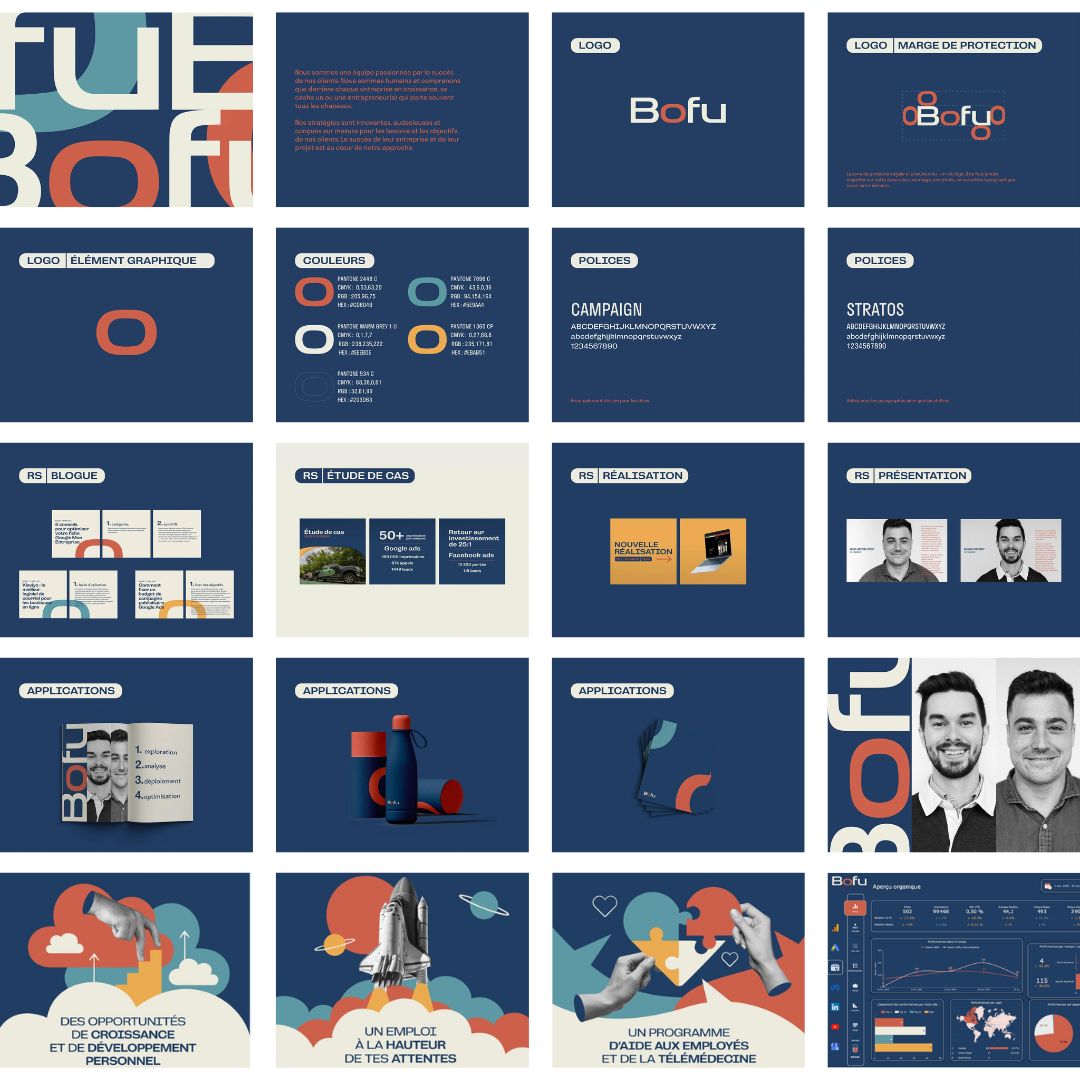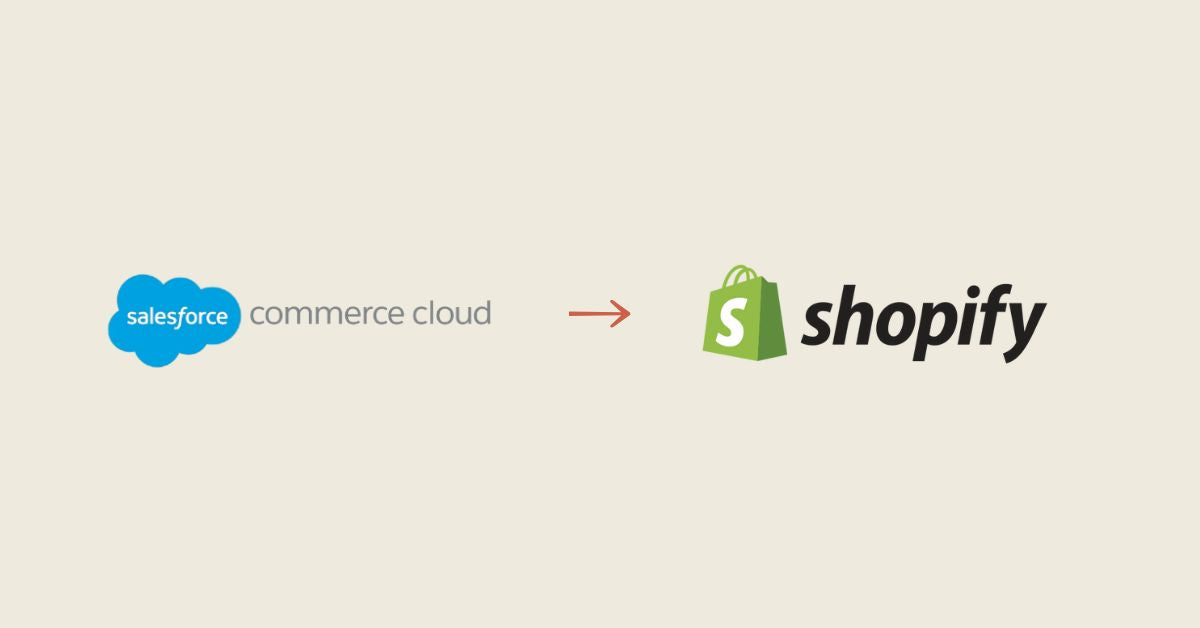Rebranding is a crucial step in the life of a company. It can bring a breath of fresh air, stimulate growth and strengthen a brand's position in the market. However, this transformation is not without risks, and it is important to avoid some common pitfalls that can jeopardize the success of the redesign. In this article, we'll explore these pitfalls and how to avoid them to achieve a successful brand redesign .
The Lack of Consistency Trap
One of the most common pitfalls when rebranding is a lack of consistency. A strong brand is based on a clear and consistent visual identity, values and message. When these elements are misaligned, it can create customer confusion and damage brand reputation. To avoid this trap, it is essential to maintain consistency at all levels of the redesign.
Example: Imagine a technology company that decides to revamp its image to appear more user-friendly. If its new logo is playful, but its website and communications remain very technical, this creates an imbalance and can confuse customers.
Tip: Make sure every element of the redesign, from the logo to marketing messages, reflects the new brand identity in a consistent way.
The Trap of Underestimating Emotional Impact
A brand redesign can have a significant emotional impact on existing customers. Customers often develop an emotional attachment to a brand, and any change can elicit strong reactions, positive or negative. Underestimating this impact can lead to a loss of loyal customers.
Example: A luxury clothing company decides to modernize its image by adopting a more casual style. Customers who appreciated the exclusive aspect of the brand may feel disappointed and no longer recognize themselves in this new orientation.
Tip: Communicate openly with your customers about the reasons for the redesign and involve them in the process as much as possible. Be prepared to listen to their feedback and make adjustments if necessary.
The Communication Error Trap
Communication is key during a brand redesign , but it's easy to make mistakes. Unclear, inconsistent or inadequate communication can sow confusion and discontent among customers and partners.
Example: A company decides to change its domain name, but it does not communicate this transition correctly. Customers may have trouble finding the website and think the business is gone.
Tip: Develop a solid communications plan that clearly explains the upcoming changes, the reasons behind the redesign, and the steps in the process. Make sure everyone on your team is knowledgeable and ready to answer customer questions.
The Rush Trap
Finally, another common pitfall is rushing. A brand redesign takes time and thought. Rushing can lead to hasty decisions and costly mistakes.
Example: A company decides to change its logo in a few days without doing in-depth research or consulting stakeholders. The new logo does not match the brand identity, and the company must spend more to go back.
Tip: Take the time needed to thoughtfully plan and execute the redesign. Involve all stakeholders, do thorough research, and don’t rush important decisions.
The Loss of Brand Trap
A brand redesign can sometimes result in the loss of the distinctive identity that made a brand recognizable. When trying to keep up with current trends, some businesses risk getting lost in the crowd.
Example: A fast food company known for its classic burgers suddenly decides to offer vegan options to follow the trend. However, it loses its identity as a “traditional burger” which distinguished it.
Tip: While looking to evolve, make sure to maintain the elements that make your brand unique. The redesign should strengthen your identity, not dilute it.
The Insufficient Budget Trap
Rebranding can be expensive, and some projects run into the pitfall of insufficient budget. This can result in compromises on the quality and effectiveness of the redesign.
Example: A small business decides to review its brand strategy but allocates a very limited budget for the creation of a new website . The resulting site is unprofessional and harms the brand's image.
Tip: Set a realistic budget for your rebrand and allow for margins to cover potential cost overruns. Investing in a quality redesign can pay off in the long run.
The Trap of Employee Negligence
When rebranding , it is crucial to involve employees. Their adherence to the new brand identity is essential for the success of the transition.
Example: A company radically changes its brand image without consulting its employees or training them in this new identity. Employees do not understand the changes and cannot explain them to customers, which creates confusion.
Tip: Include employees in the redesign process, solicit their ideas, and make sure they understand and buy into the new brand identity.
The Isolation Trap
Some companies make the mistake of isolating themselves during the redesign process, without consulting their customers, partners or external stakeholders.
Example: A company decides to change its name without consulting its customers. Customers feel left out and confused by this abrupt change.
Tip: Be open to feedback from your customers and partners. They can offer valuable perspectives and help you avoid unilateral decisions.
The Trap of Inaction
Inaction can also be a trap. Ignoring the need for a rebrand can lead to loss of relevance in the market.
Example: An electronics company ignores current trends in sustainability and environmental responsibility. It continues to market obsolete products and loses its customers to more responsible competitors.
Tip: Be aware of changes in your industry and don't be afraid to undertake an overhaul when necessary to stay relevant.
The Premature Celebration Trap
Finally, it is essential to avoid the trap of premature celebration. A successful brand redesign is an ongoing process, and it's important to monitor its long-term impact.
Example: A company celebrates the launch of its new brand identity with enthusiasm, but it does not track results or customer feedback. In the long term, the new identity fails to achieve its goals.
Tip: Continue to monitor and evaluate the performance of your new brand identity after its launch. Be prepared to make adjustments if necessary.
By avoiding these common pitfalls, you can increase your chances of achieving a successful brand redesign that strengthens your market position, attracts new customers, and retains old ones. A well-planned and executed redesign can be the start of a new era of prosperity for your business.
Ignoring Customer Reviews
Disregarding customer reviews and comments can be a big mistake. Customers are often the best source of information about what works and what doesn't work in your brand. Ignoring their opinions can lead to a loss of trust and loyalty from your existing customer base.
Feel free to include this new piece in the article, and I will write the updated meta description.
In conclusion, a rebrand can be an exciting opportunity to revitalize your business and strengthen its presence in the market. However, it is essential to navigate carefully to avoid common pitfalls that can jeopardize the success of your redesign project.
Whether you're considering a redesign of your logo, visual identity, or your entire brand, keep these pitfalls in mind. Make sure you maintain consistency, consider the emotional impact on your customers, communicate changes well, and listen carefully to your customers' feedback.
At Bofu, we are here to guide you through every step of the rebranding process . If you would like to discuss your rebranding project or have any questions, please do not hesitate to contact us. We are ready to help you create a bold and successful visual identity for your business. Contact us today to begin your journey to a stronger, more memorable brand.
Contact Bofu now for a successful brand redesign !
Feel free to make adjustments as needed and let me know when you're ready for the next step.
Find out how we can revitalize your brand so it stands out. Start your rebranding journey with Bofu on our dedicated page .

















